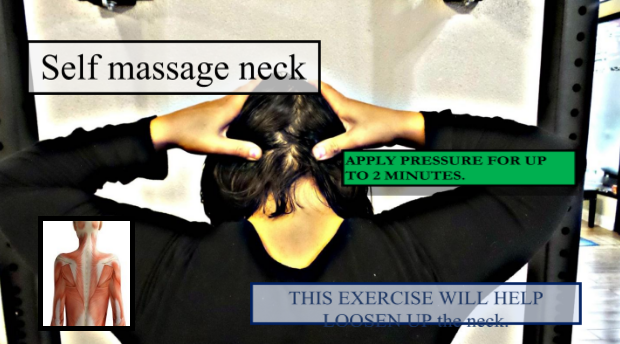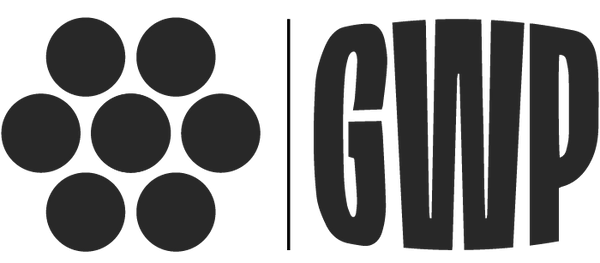
Written by Jeremy McCann of Range Of Motion
When we talk powerlifting greatness the conversation always starts with,
“How much do you pull?”
When we say, “pull,” we aren’t talking about dumbbell rows or the number of weeds YOU YANK from your yard, we're talking about your DEADLIFT. The deadlift is at the top of the food chain for a very good reason. NO OTHER EXERCISE CAN GIVE YOU THE SAME BENEFIT THE DEADLIFT CAN. Here are three reasons that the deadlift is the most exercise in the sport of powerlifting and LIFE:
- POWER! POWER! POWER! - No exercise requires the same kind of power that deadlifts does. Think about it for a second. The exercise got it’s name from the fact that you are taking a heavy inanimate object (in other words dead) and generating enough force upwards to overcome the downward effects of gravity (LIFT!!!)
- CROSSOVER & CARRYOVER - The first movement of the deadlift (hips back) is an integral part of the first movement of the squat and by engaging your lats throughout the movement you are training the same muscles that need to be an anchor during your bench press.
- REAL LIFE – Functional movement is a big buzz word but think about this: (1) How often you need to bend over and pick something off the ground each day (ala deadlift)? (2) Most of us (yours truly included) spend hours behind a computer or steering wheel, THIS DESTROYS YOUR BACK-HALF from the back of your head (head jut) to the weakening of your glutes. Learning to master the deadlift, means you have mastered your back-half.
HEADS UP, EQUALS A THUMBS DOWN: WHERE DEADLIFTS GO BAD FOR YOUR BACK
As good as deadlifts are for the citizens of the United States and power athletes across the globe they are also most commonly linked to pains in the back and amongst the first exercises that veteran lifters dump from their workouts. I have two things to say about that,
- DON’T DO THAT!
- It is NOT your backs fault!!
We already have a good idea of why you don’t want to quit on deads but to understand why it isn’t your backs fault means we need a little bit of anatomy lesson.
The number one rule from anatomy you need to understand is that we are series of parts that make a whole and not just a bunch of pieces that can do their own thing. Think of the skeleton song you recited as a child, our head is attached to our neck, our neck makes up the vertebra of our upper back, our upper back has our ribs attached to it which, wrap around and connect in the front to our sternum and ALSO hold our shoulder blades. It doesn’t stop there because our spine attaches to our pelvis which connects to our legs and feet. If one piece moves the wrong way, the rest have to work to make up the difference.
“Want PROOF?!?!?!”
PROOF: Stand up. With your toes straight ahead and feet together, bend over and touch your toes. NOW, turn your foot outwards as far you can and touch your toes. Where you feel tension, changed position by rotating foot.
The number two rule from movement sciences and anatomy is that our body will do everything it can to NOT fall over. OK, now while that seems pretty easy to understand what this means is that our brain will do whatever it can to KEEP YOUR EYES LEVEL WITH THE HORIZON
Why is this a problem for women?
Our head can weigh up to 15 pounds by itself but when you start adding pounds of hair on top of that this number could easily jump by 7 pounds. More weight on top means more stress below.
Some Spinal Facts
-The farther that your head juts forward, the more that the curvature in your neck increases and your upper back rounds. *the added weight of breasts pulls the shoulders even farther forward.
- The curvature of the neck and lower back are continuously changing from birth. Think about newborns for a second. When first born, we don’t have multiple bends in our spine because we haven’t dealt with gravity yet. It isn’t until we stand up, that arches form in the neck and the lower back.
- When our lower back tilts too far forward, we make our stomach and butt muscles weak while asking our lower back muscles to do way too much work. THIS IS BAD!!
“So what does this have to do with deadlifting?”
The number movement related error with deadlifting is lifting the head. Remember, it is not your fault. As soon as you set yourself in a good deadlifting start position, your head should be centered and looking at the ground. If you use rule number two, you will understand that instinctively your brain will want correct your vision and your head will “pick up.” If we use rule number one, we will understand that once that happens you will challenge the position of your spine and ask muscles to do things they are not supposed to do. We call this compensation.
When we lift our head up to start a deadlift two things happen.
- You re-align your spinal column and make it easier for your lower back to do too much of the movement. The erector spinae (low back) muscles are great at supporting your posture but are not supposed to be used to create big powerful movements.
- You reduce the amount of tension that you can create from your back-side. Muscles are like rubber bands and generate movement, they need to be first stretched out.
“Want PROOF?!?!?!”
PROOF: Stand up. With your toes straight ahead and feet together and back about 4 inches away from the wall. Tuck your chin and bend from your toes. Your butt should hit the wall. Keep inching away from the wall until you get to the point to where you just barely hit the wall. NOW, take your head and look up at the ceiling and bend to touch your toes. No way you hit the wall if you did this the right way and no way you felt the same tension in your glutes.
“So, it’s my heads fault, what do I do about it?”
The best way to alleviate chronic pain is to prevent it in the first place. If it were as easy as just telling you to NOT deadlift with your head up, then nobody would be in pain and I wouldn’t have a job. So, what I offer are a few exercise ideas to help you realign your spine and correct your movement.
Step one, soften up the back of your neck. With all the stress of having to hold your head/weight of your hair, your neck gets all sorts of knots that prevent ideal movement. Repeat this hourly.
“Want PROOF?!?!?!”
PROOF: Stand up. With your toes straight ahead and feet together and touch your toes. Spend two minutes massaging your head and touch your toes again. Most people gain at least an inch.

Step strengthen neck and integrate into movement. The best corrective exercises are those that match what you want to improve on. In the case of deadlifting there really is no better tool to strengthen the deep neck flexors (muscles that are weakened in the front of the neck) than the dowel rod.

Placing a dowel on the back of your head, upper back and on your tailbone sets your spine up in ideal alignment. Use the cues of “chin tucked, head back,” drive the deadlift motion by first pushing your head back into the stick hard. Remember your head weighs a lot and can create a lot of force for your body if used the right way.
Jeremy McCann is a pain relief exercise expert and owner of Range of Motion Fitness in Riverside, California. In addition to my world class certifications from The BioMechanics Method, I also hold numerous corrective exercise specialty certifications from some of the industry's most prestigious institutions including the Gray Institute, National Academy of Sports Medicine, PTA Global and FMS.

Would this neutral spine positioning for the head/neck for the deadlift translate and apply to the clean and jerk and snatch also?